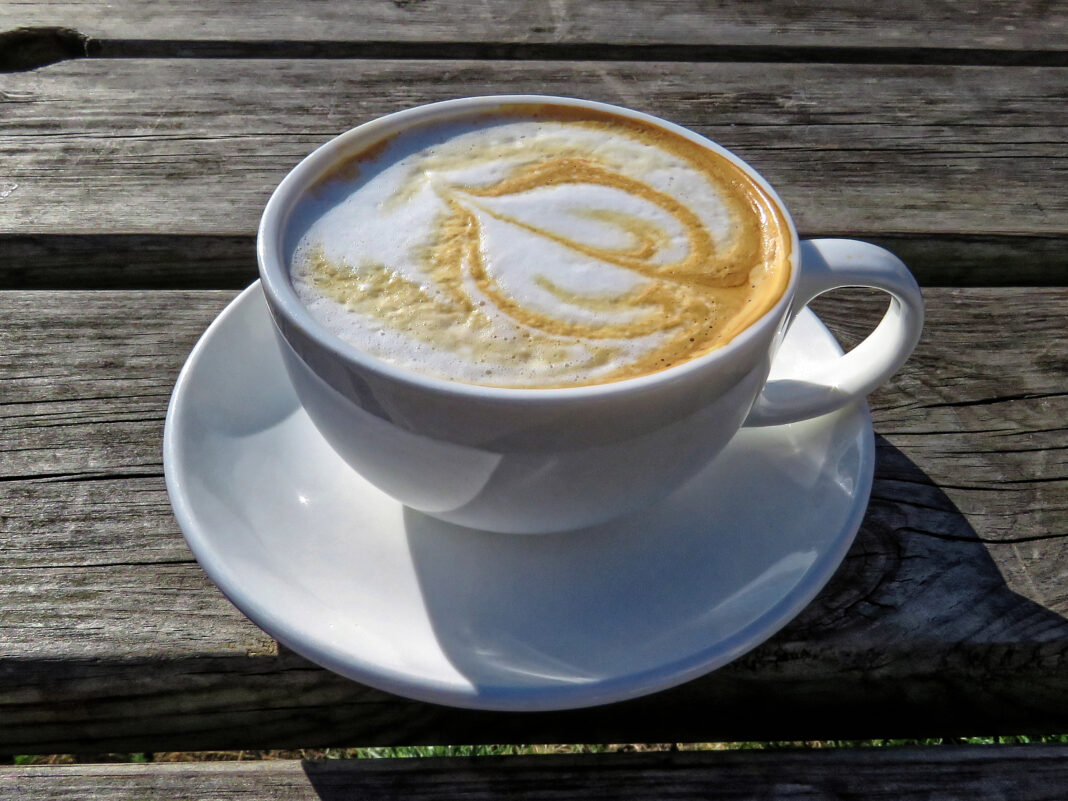Apparently I don’t get out much; then again, perhaps the flat white has not made the long trek to come from abroad and roost amid Louisville’s caffeinated trend-consciousness.
A flat white is a coffee drink consisting of espresso and steamed milk. It generally has a higher proportion of espresso to milk than a caffè latte, and lacks the thick layer of foam in a cappuccino. While the origin of the flat white is unclear, various café owners in Australia and New Zealand claim its invention.
On second thought, milk generally is not permitted to interfere with the enjoyment of my black coffee, whether drip, pour-over, press pot, or (by far most often) espresso. Nor do I seek to slow the queue’s progress by demanding an “extra hot, non-fat, butterscotch mocha latté with extra whipped cream and sprinkles.”
Well, I suppose a side order of embittered aggression is fully appropriate for a Sunday in morning in April. This said, back to the notion of flat white — not a formula for paint, but fodder for the baristas.
Flat whites are Australia’s greatest culinary export; they are even better than Vegemite (at The Economist)
Australia’s coffee-making prowess is fairly recent. Tea was the preferred beverage for British settlers in the 18th century; as a result, no one seemed to know how to make a decent cup of joe. Beans were not roasted, but boiled. To improve the taste, people added chicory, a bitter endive, egg shells or mustard. In a letter to a newspaper in 1939, one man complained that Australia’s coffee “punishes the drinker”.
And Vegemite? Thanks so much for asking.
Vegemite is a thick, dark brown Australian food spread made from leftover brewers’ yeast extract with various vegetable and spice additives. It was developed by Cyril Callister in Melbourne, Victoria, in 1922, and it was first sold in stores on 25 October 1923.
Today’s cover photo credit goes to Wikipedia: “Flat white coffee at the pavilion clubhouse café-bar of Highgate Cricket Club in September 2019, in Crouch End, Haringey, London, England.”























